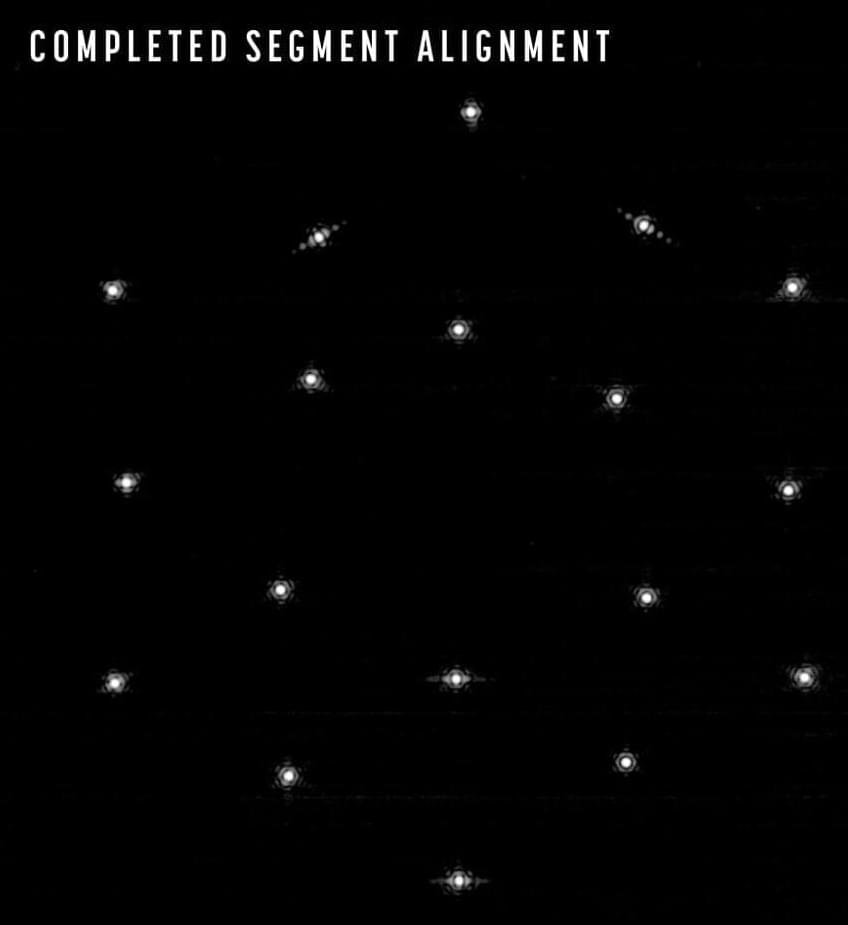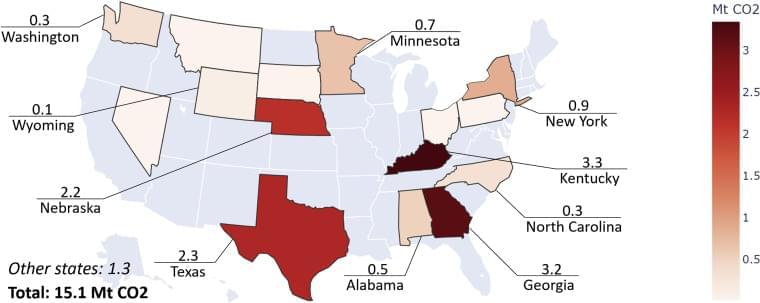The Milky Way is blowing a star-forming bubble, and we’re in the middle of it.
Think “bubbles,” and you may think “soap” or “gum.”
But not Catherine Zucker, currently a Hubble Fellow at the Space Telescope Science Institute and a former researcher with the Harvard-Smithsonian Center for Astrophysics. Zucker’s interest in bubbles is cosmic. And she and her collaborators have found new insights about a bubble in which our solar system sits.
Astronomers have long known about the 1,000-light-year-wide Local Bubble. In a new paper published Jan. 12 in Nature, Zucker and her co-authors describe it as “a cavity of low-density, high-temperature plasma surrounded by a shell of cold, neutral gas and dust.” But for years, astronomers were in the dark beyond that. The history of the Local Bubble, even its size, remained unknown.








